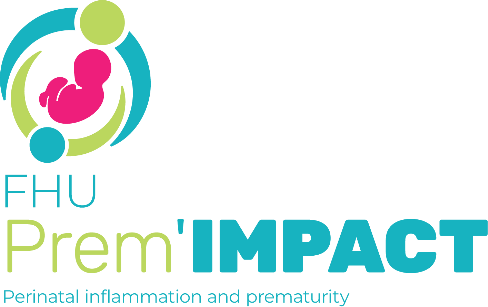Bull Epidémiol Hebd. 2020;(28):562-70. http://beh.santepubliquefrance.fr/beh/2020/28/2020_28_2.html
Résumé
Contexte : Malgré les bénéfices reconnus du lait maternel, les taux d’allaitement chez les enfants nés prématurément sont variables selon les pays et les unités néonatales. Les caractéristiques maternelles et néonatales associées à l’allaitement d’un enfant né prématurément ont largement été étudiées et n’expliquent pas l’ensemble de cette variabilité.
Objectifs : Décrire et analyser les facteurs associés à l’allaitement à la sortie d’hospitalisation chez les enfants nés prématurément, avec un intérêt particulier pour les politiques d’unités soutenant l’allaitement.
Méthodes : La cohorte Epipage-2 (Étude épidémiologique sur les petits âges gestationnels-2) est une étude nationale prospective en population ayant inclus les naissances survenues en 2011 entre 22 et 34 semaines d’aménorrhée (SA) dans toutes les unités néonatales de 25 régions françaises. Les déterminants de l’allaitement ont été analysés par régression logistique multivariée dans deux populations distinctes : 3 108 enfants nés avant 32 SA et 883 enfants nés entre 32 et 34 SA.
Résultats : Au total, 47% des enfants nés avant 32 SA et 59% des enfants nés entre 32 et 34 SA recevaient du lait maternel à la sortie d’hospitalisation, avec une variabilité inter-unités respective de 21% à 84% et de 27% à 87%. Les politiques d’unités soutenant l’allaitement, en particulier le peau-à-peau précoce, la participation des parents à l’alimentation de leur enfant, étaient en partie associées à cette variabilité. Des taux élevés d’initiation de l’allaitement dans la population générale n’étaient associés à l’allaitement à la sortie que chez les enfants nés entre 32 et 34 SA.
Conclusion : L’adoption des politiques de soutien des unités les plus performantes pourrait permettre de réduire la variabilité des taux d’allaitement à la sortie dans cette population à risque des enfants nés prématurément.
